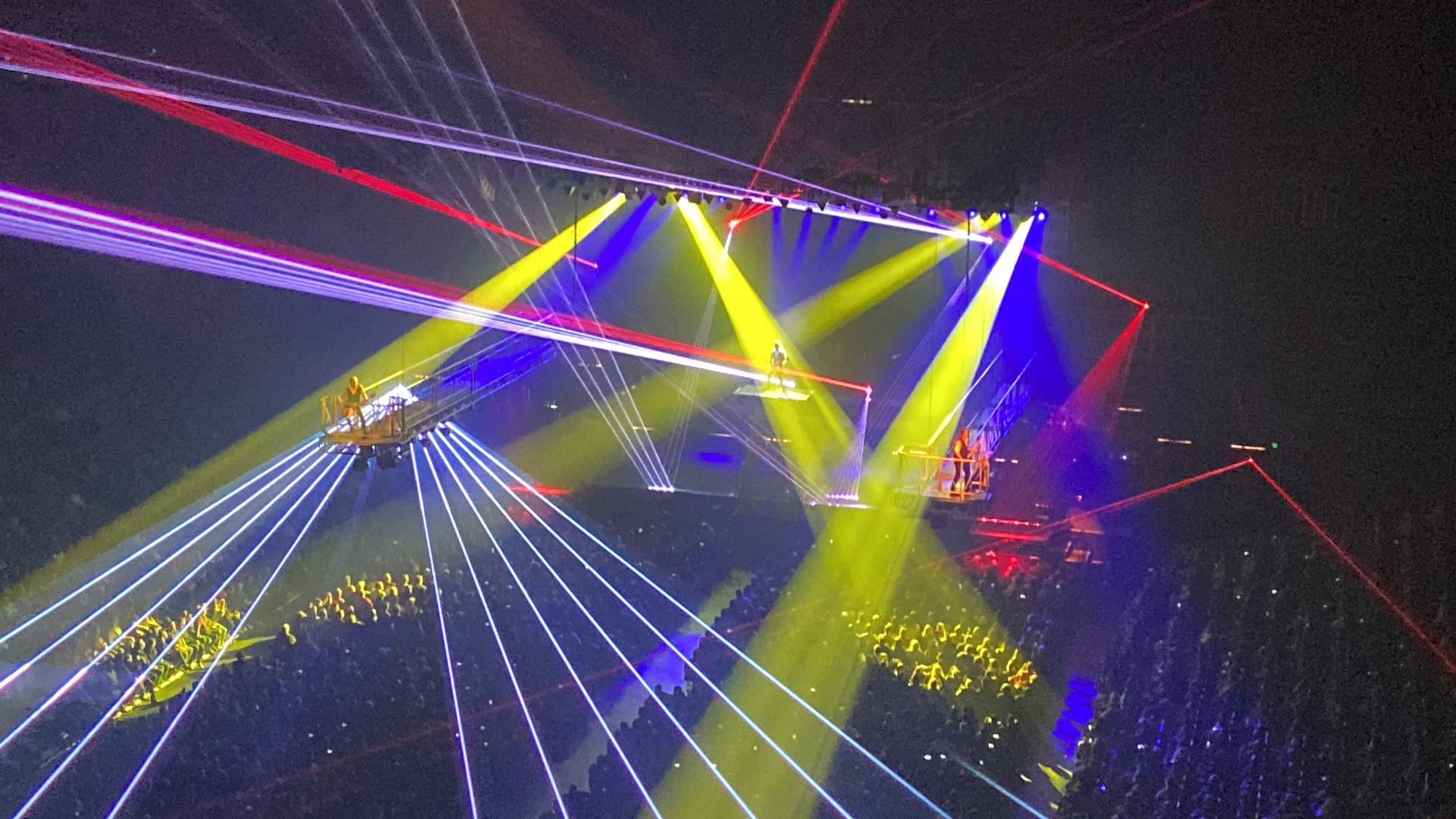The big announcement at the Clean Show 2025 from Maytag is that they are moving on from their MYR series of washers as of September 2025 and their new washers will be made by a different company (more on that later) much the same way the MXR and MFR lines were made by Primus.
Maytag designed and built the MYR line in the US roughly starting in 2015-2016.
So why are they moving on?
The machine was visually great looking.
The display was bright and easy to read from far away.
No one makes a better looking door than Maytag in terms of making a door LOOK big even if it isn't.
Easy to fix.
In MY OPINION, it can be summed up in one word: Reliability
There were three main problems in my experience working with these machines in both my own store, customers stores, and the corporate stores I managed.
The first was the ACU control board.
This board was often the cause of critical faults that shut down the machine. There was no way to clear the list of errors from the board and reset it so you didn't have a record of what error occurred when. That made it hard to diagnose problems. Often times errors with the door lock assembly results from this board and not from the door lock itself.
The door lock was the second main area of reliability issues.
Part of the errors was the aforementioned ACU board.
The second was that it was unlike any other lock on the market. It asked the user to lightly close the door until the user heard a single click. The washer then pulled the door closed and locked it upon start up. The ACU board often failed and that caused the door not to lock.
Users often didn't understand to gently close the door or didn't hear the "click" and still insisted on slamming doors which broke the lock.
The door seals also had problems applying pressure on the door forcing it outward as if something was trying to push the door open from the inside. This caused a critical error as well.
The original coin drops were also unreliable. Easy to jam with coins and often times the components broke rendering no way to start the machine with coins.
The MYR line had great potential in my opinion. Too bad that Maytag couldn't iron out all the bugs in the mechanics and software because they had a potential great story about being made in the USA.
Having said this I am excited at this point to see the new machines when they are delivered in January 2026. I'll show some pictures of what they shared with us at Clean Show 2025 in another article.
Ev
A Heck of A Nice Guy
.jpg)
MYR65s next to MFR30s

MYR65

MYR30s
Postscript:
Maytag announced that they will still be supplying parts and will continue to have a team working to try and iron out the problems with the MYR even when selling the new line.
They are also ending production of some of their dryers.
The machines they said are ending production are:
Washers include:
MYR 20, 25, 30, 40, 55, 65 (PD, PR, PN)
MYS 20, 30, 40, 55 (PD, PR, PN)
Dryers Include:
MDG35PDBW S or W
MDG52PDBW S or W
MDG78PDBW S or W
MLG35PDBW S or W
MLG52PDBW S or W
MDG35PNCWW
MDG52PNBWW
MDG78PNCWW




.JPG)
.jpg)
.jpg)



.jpg)

.JPG)



.JPG)
.jpg)
.JPG)